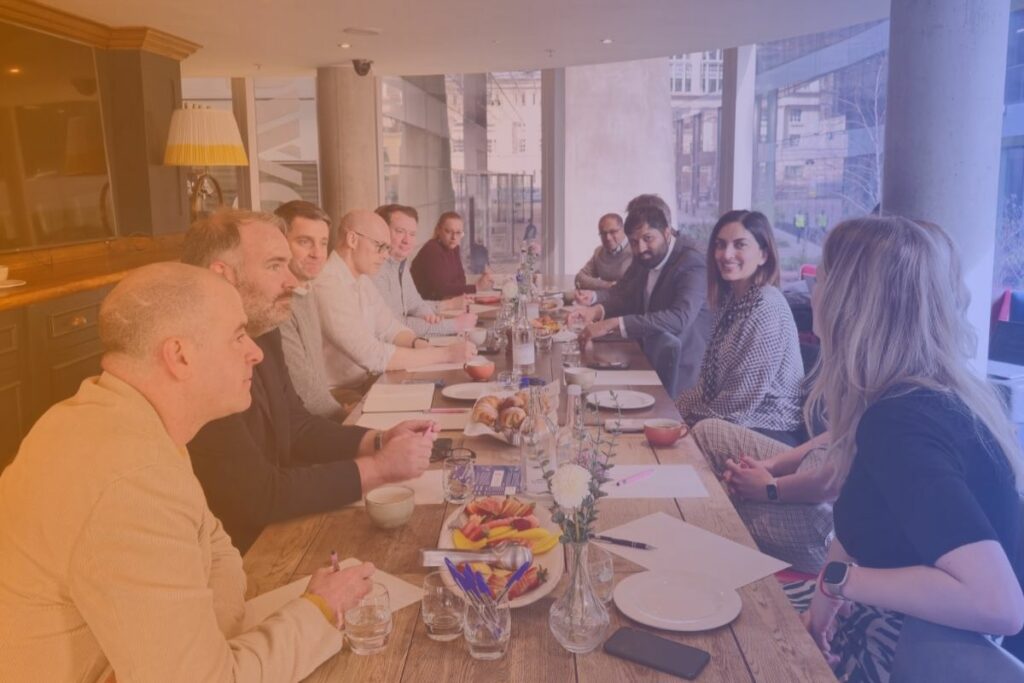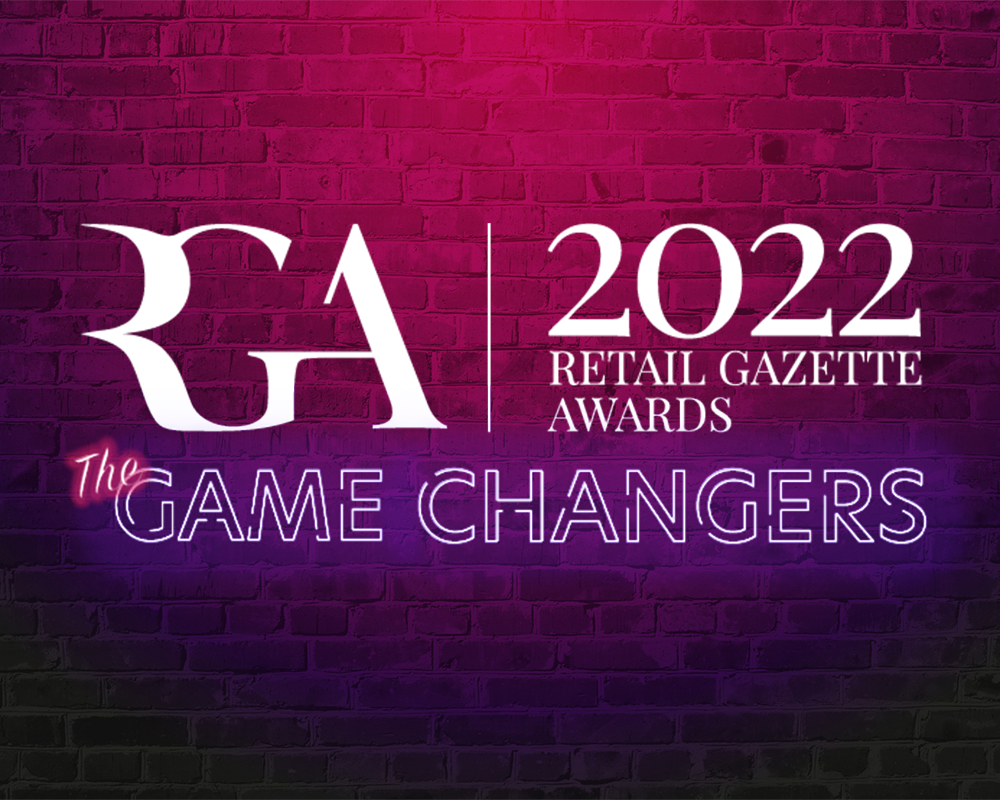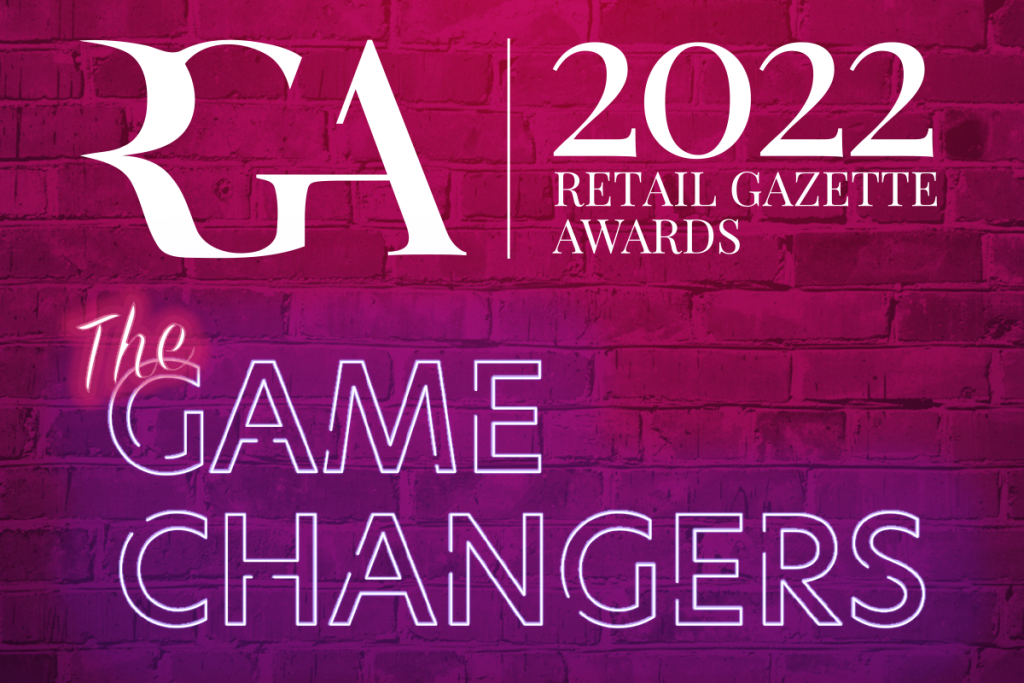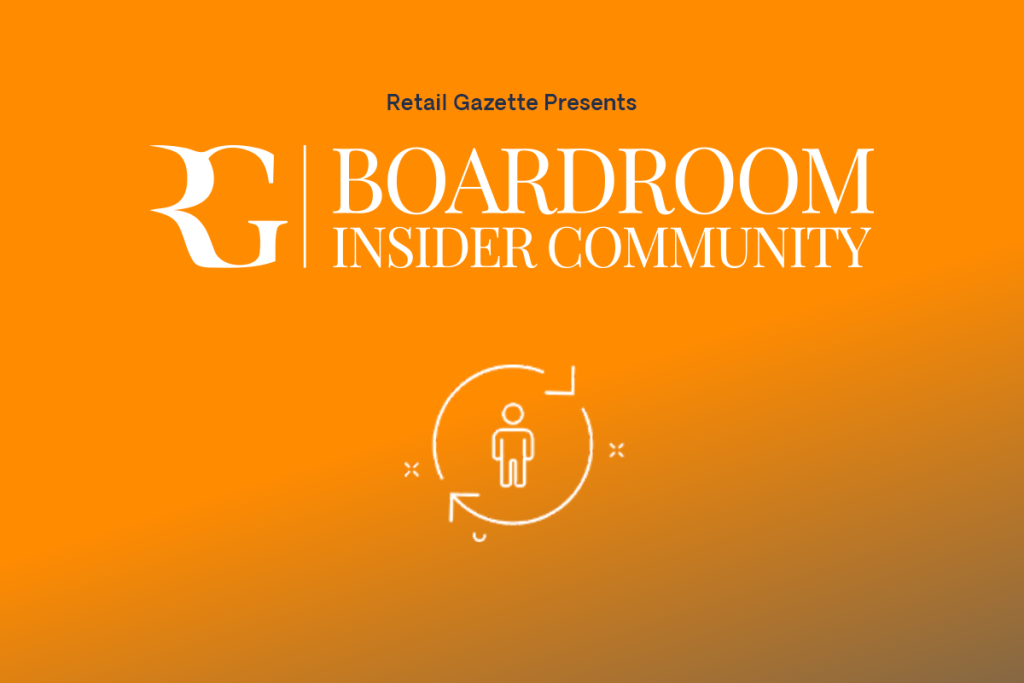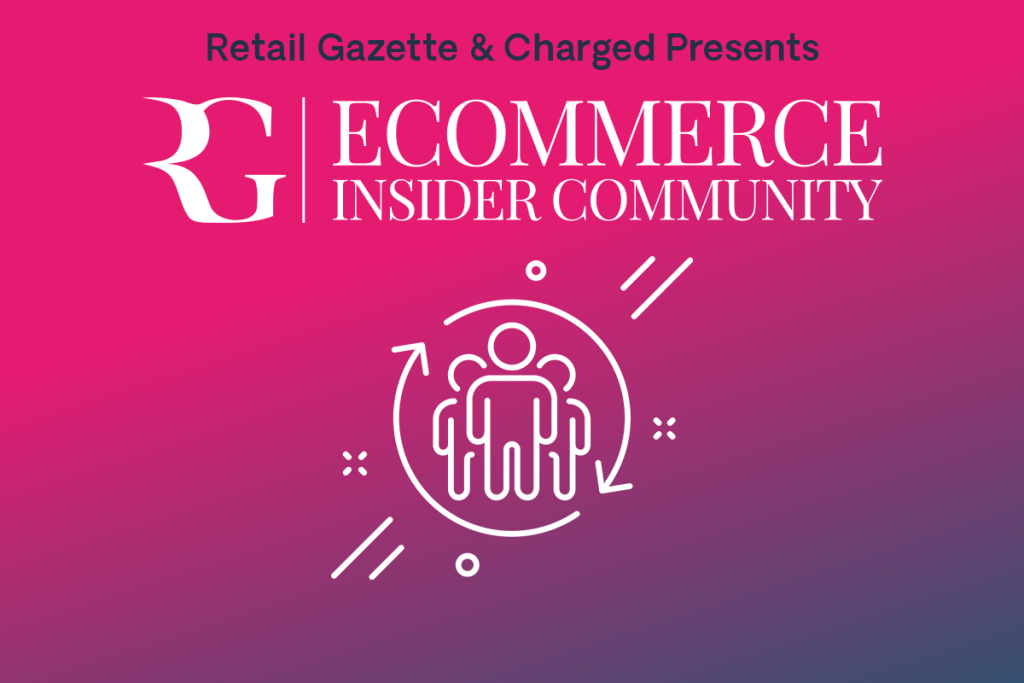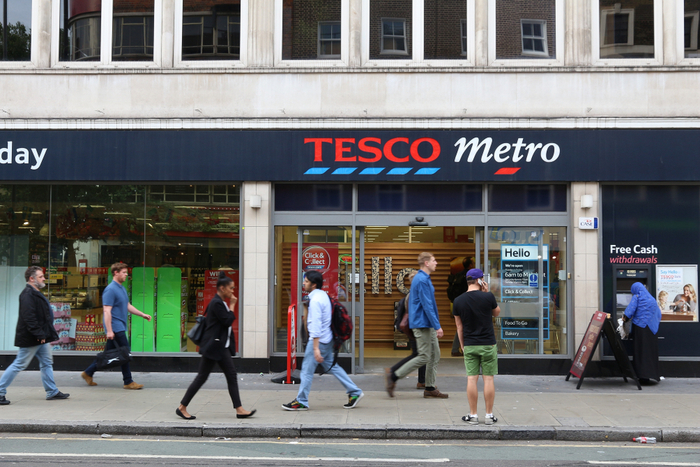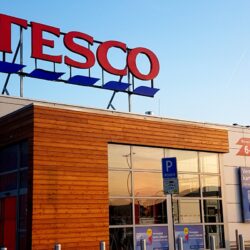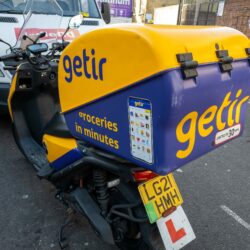Retail Gazette and nShift host retailer breakfast discussing the key online delivery and returns strategies required to keep shoppers coming back.
What constitutes the best possible e-commerce customer experience – from point of purchase to returns, and everything in between?
That was the key question posed at a breakfast roundtable hosted by Retail Gazette and delivery software provider nShift, in London, on 21 March.
According to a study produced by nShift in association with e-tail trade association IMRG, the five key factors to delivery success are: providing a wide range of fulfilment methods for customers at the online checkout; ensuring transport capacity; giving shoppers out-of-home (OOH) options to maximise delivery success; maintaining regular communication with shoppers; and making the returns process straightforward.
These findings from the Delivery Service Index formed the major talking points at the event, which was attended by representatives from Boohoo, Holland & Barrett, Kara Healthcare, Lush, Marks & Spencer, and Science in Sport. So, what were the key issues on retailers’ minds?
Delivery options at checkout
As the IMRG-nShift study highlights, some shoppers seek swift deliveries; for others, a low price or low emissions options are paramount. Essentially, providing consumers with a range of options at the online checkout increases conversions.
Those around the table agreed providing multiple delivery options is a high priority, with one online retailer guest adding that it is important to highlight the “so-what?” of each delivery option. This extra information might help prompt customers to select more environmentally-friendly slower delivery options, for example, which can help reduce retailers’ operational costs as well as potentially being better for the planet.
It was suggested that providing sufficient options around online payment are on a par with choice of delivery, with guests agreeing that one-click methods of payment such as Apple Pay and not requesting shoppers to fill in long forms at the point of purchase all help avoid failed conversions.
This is arguably all the more pertinent in the current challenging economic environment, with one retailer saying visits to their website in 2024 are at high levels but conversion has tailed off compared to last year as consumers display spending caution.
“Consumers have a minimum and a maximum length of time they think a purchase should be – it’s very easy to make it too fast, which consumers might not trust, but also it can quite quickly become too slow for shoppers – it’s a difficult balance to maintain,” another guest remarked.
Transport capacity
IMRG and nShift’s report argues it’s crucial retailers ensure they can keep their promises – particularly in peak trading periods. The study suggests this is best achieved through relationships with multiple carrier companies and ensuring their tech stack can quickly facilitate these relationships.
On the subject of establishing delivery partnerships, several retailers in the room spoke of a recent upturn in “disputed delivery” among their customers. It was discussed that the growth in online retail during the pandemic was “a good training exercise for scammers” and fraudulent behaviour, and that is one reason for the rise in disputes.
The pressure parcel carriers and their drivers are under to complete their rounds, as e-commerce has grown to 25% of total retail sales in the UK, was also cited as a potential factor in the delivery discord currently expressed by consumers.
The rise of OOH
Considering some of the aforementioned challenges, offering customers the chance to identify and choose alternative OOH collection and return options was viewed as a welcome capability in modern commerce.
Several retailers including Aldi, Tesco, and BP have placed lockers outside their premises in the UK, as part of a move by the parcel pick-up, drop-off (PUDO) sector to install their technology in high footfall locations. Third-party retailers and brands can allow their customers to choose sites such as these for parcel PUDO, giving shoppers a convenient option if they know they won’t be at home to receive the goods.
Despite lockers becoming a more prominent feature in high footfall locations, only 22% of the merchants surveyed IMRG’s Delivery Service Index said they offered third-party click & collect services, potentially losing customers as a result.
At the roundtable, one multichannel retailer indicated that its own click & collect service in its stores is “growing rapidly”. The statement underlined the value consumers place on picking up orders on the go or as part of their wider shopping journeys – retailers not offering it as part of their wider delivery proposition are potentially missing out on trade.
Keeping in touch
According to IMRG and nShift’s research, relevant communication keeps the online customer engaged and helps contain any negative feedback. It added that retailers distributing communication in their own ‘look and feel’ can build up their brand in the moments that matter, such as ‘where is my order?’ queries.
Guests at the London breakfast spoke of the brand-building potential of using the post-purchase delivery experience to educate the customer about the products they have just bought or providing “connected recommendations” for future purchases. Domino’s online orders, where customers gain a visual image of each stage of their pizza preparation and exactly where the order is at each given time, was deemed a particularly good example of post-purchase delivery experience.
Retailers around the table agreed the “next evolution” of online retail needs to centre on post-purchase communication. Offering consumers compelling experiences rather than a functional transaction is what allows brands to stand out in a particularly competitive market, according to Sean Sherwin-Smith, product director at nShift.
“It’s more difficult to retain customers than it used to be so retailers should be looking to create experiences after the buy button such as branded games, advice, other useful communication – nShift can help with that,” he added.
Returns strategy
Revising returns strategy has been a major area of focus for retailers in recent years, as operational costs of reverse logistics have ramped up. Boohoo, H&M, and Zara are among the retailers that now charge customers for many forms of online returns.
Yet, the opportunity to return an item remains a key factor in converting shoppers in the first place.
Sherwin-Smith said: “A simple digital returns process and talking about it at the point of purchase reinforces shoppers’ confidence in a brand and it makes it easier for the retailer to track patterns and work out why items are being sent back.”
One roundtabler added: “How we get smarter with returns is one of our biggest challenges as a company and as an industry because the cost is huge.”
Summing up the conversation, retailers agreed consumers benchmark their delivery experiences on the ‘three-Cs’ identified in last year’s IMRG Consumer Home Delivery Report: convenience, clarity, and communication.
Those at the roundtable suggested good communication was the one factor that mattered most, but added “choice” of service as an important fourth ‘c’ to consider when establishing the perfect online checkout.
As the economic headwinds and cautious consumer environment look set to continue as 2024 draws on, retailers will be looking to optimise the point of purchase and delivery service as much as possible to grab the attention of shoppers in the first place – as well as to keep existing customers coming back.
Click here to sign up to Retail Gazette‘s free daily email newsletter

